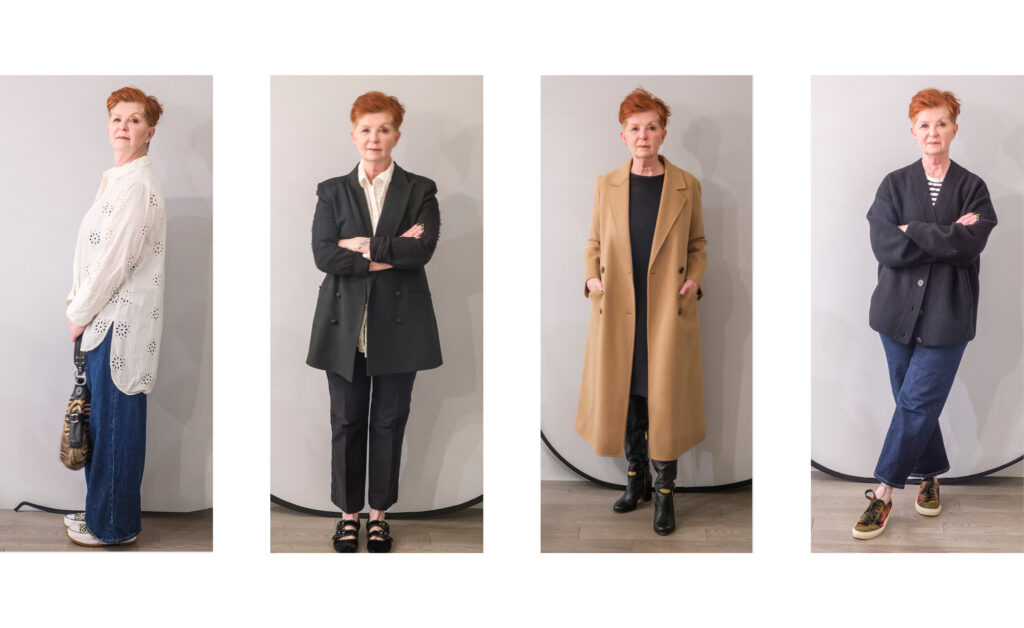– by Trysh Ashby-Rolls –
Grizwald, a black spaniel with a shiny coat and ears like silk, lived at a seniors’ home in Victoria. He spent his days napping under a resident gentleman’s chair, going for walks and eating. But Grizwald was most famous for negotiating the legs of guests drinking afternoon tea, served in delicate china cups and saucers, without breaking a single one – yet managing to keep his beady eyes open for anyone ready to part with a piece of cake or bite of cookie. Then one day, the resident gentleman was taken to hospital and sadly, did not return.
Depression, high blood pressure and loneliness are often alleviated by stroking a cat or dog. Perhaps senior pets are similarly affected: after Grizwald’s special friend disappeared, he became most confused.
There is a war memorial on Park Lane in London, England, that depicts dogs, elephants, horses and other animals, a fitting tribute to fur friends who served on active duty and, at the same time, kept their human companions company.
One famous story is about a bear given to members of the newly-formed Polish Army evacuated to Persia (Iran) toward the end of the second world war. Known as Voytek the Soldier Bear, he kept “his” men warm at night, provided companionship during lonely times – and unloaded ammunition and supplies side by side with them. War animals aren’t quite pets in the usual sense but their role is invaluable, like Seeing-Eye dogs, Hearing dogs, PTSD dogs, and companion animals found in hospices and care facilities for seniors.
Watching a kitten chasing after its tail is more than a distraction: it’s a way of focusing on something outside one’s own problems. Moreover, small animals at play can be highly amusing – and we all know that laughter is the best medicine. Those caring for people with Alzheimer’s and other forms of dementia, or those that are terminally ill, have observed some improvement when a pet is introduced.
St. John’s Hospice, London, is one of the oldest in the world, a warm welcoming place filled with laughter, love, caring and pets. Several cats roam the corridors or sleep on patients’ beds. Birds twitter and sing from an aviary near the entrance. The lives of hospice patients are often extended because of their interaction with pets.
The Wellesley Victoria Retirement Home on Blanshard Street is a seniors’ community made up of independent supportive living and assisted living. Independent residents are allowed to keep pets in their suites. For those residents needing care in the assisted living wing, a resident cockatiel keeps the atmosphere cheerful.
Many senior homes, nursing homes and hospices allow live-in animals, or schedule regular visits from specially-trained animals. Administrators and staff see how beneficial it is when these working pets interact with seniors in their care.
Pets are welcome at Sunrise Seniors’ Living on Humboldt Street, Victoria. One resident has her own dog with her, and a staff member brings her dog in to visit several times a week. This is where the black spaniel, Grizwald, used to live until his pal didn’t come back from hospital.
Staff assumed the dear old dog would carry on as usual. Unfortunately, he became so unruly without his “master,” the sad decision was made to find Griz a new home – mine! Having him to care for, including those necessary daily walks, and his companionship gave me a new lease on life. It’s taken three cats to fill his boots.




